Myrrh Oil
Extracting myrrh oil involves several intricate steps. Initially, the resin is carefully harvested from the myrrh tree, often through deliberate incisions made in the bark. The resin then undergoes a process of steam distillation or solvent extraction to obtain the concentrated myrrh oil. This meticulous process ensures the preservation of its therapeutic properties and aromatic essence.
Description
- Botanical Name: Commiphora Myrrha
- Part Use: Bark/Resin
- Plant Family: Burseraceae
- Origin: India
- Processing Method: Solvent Extraction using Benzyl Benzoate
- Color: Dark brown
- Blends With Well: Bay, Clary Sage, Geranium, Lime, Lavender, Mandarin, Orange, Petitgrain, Rosemary,
The myrrh tree, a diminutive specimen, serves as the wellspring of myrrh. Initially, the sap-like resin oozes from wounds inflicted upon its stem, appearing as a pale yellow substance that later transforms into a solid black-brown mass. Its oil, exhibiting a slight viscosity, ranges in hue from yellowish to amber-orange, emitting a warm-spicy, balsamic aroma. It’s noteworthy that excessively viscous, dark brown oils may signify resinoids rather than steam-distilled essential oils, which hold greater efficacy in aromatherapeutic contexts.
Throughout the annals of history, myrrh has adorned various roles, finding its place in incense, perfumes, and the embalming rituals of Ancient Egypt. In the realms of folklore, it earned recognition for its purported efficacy in alleviating muscular pains and featured prominently in rheumatic plasters.
Aromatherapy uses :
For rejuvenation & meditation – myrrh is used after a stressful event or an extended illness, to revitalizes both body and mind.
Composition and Properties
Myrrh oil boasts a complex chemical composition, comprising compounds like terpenoids, sesquiterpenes, and phenolic compounds. These constituents contribute to its antiseptic, anti-inflammatory, and antioxidant properties, making it a versatile remedy.
Incence and Perfumery : Myrrh has been used as a oldest known perfumery material. Burning incense on charcoal is truly a unique and up-lifting experience. Each resin opens an avenue of peace and contentment. Mystical myrrh resins, fills natural fragrances, warm the heart, calm the mind, attunes one in spirit. Myrrh finds its way into various applications, including perfumery, mouthwashes, massage oils, diffusers, toothpaste, and religious ceremonies where it’s burned as incense. Its preservation qualities have historically led to its use as a cosmetic ingredient, with fresh myrrh oil believed to diminish wrinkles and maintain a youthful complexion. Egyptian women used myrrh in their facial preparations. It has a slightly cooling effect on the skin, and so would be especially useful in a hot dry climate. It has been used since ancient times to prevent ageing and rejuvenate body and mind, it is very specific for skin diseases. Gum is stimulating, draining, purifying, toning and moderately warming.
Packaging :
We can supply essential Oils in small bottles of different dimensions like, 50ml, 100ml,500ml,1kg etc. Also, we can supply the essential oils in bulk packaging like, Aluminum Drums, GI Drums, Plastics Drums of various dimensions 25/50/100/180 Kg drums.
Botanical Name : Commiphora Myrrha
Part Use : Bark/Resin
Plant Family : Burseraceae
Origin : India
Processing Method : Solvent Extraction using Benzyl Benzoate
Color : Dark brown
Blends With Well : Bay, Clary Sage, Geranium, Lime, Lavender, Mandarin, Orange, Petitgrain, Rosemary,
The myrrh tree, a diminutive specimen, serves as the wellspring of myrrh. Initially, the sap-like resin oozes from wounds inflicted upon its stem, appearing as a pale yellow substance that later transforms into a solid black-brown mass. Its oil, exhibiting a slight viscosity, ranges in hue from yellowish to amber-orange, emitting a warm-spicy, balsamic aroma. It's noteworthy that excessively viscous, dark brown oils may signify resinoids rather than steam-distilled essential oils, which hold greater efficacy in aromatherapeutic contexts.
Throughout the annals of history, myrrh has adorned various roles, finding its place in incense, perfumes, and the embalming rituals of Ancient Egypt. In the realms of folklore, it earned recognition for its purported efficacy in alleviating muscular pains and featured prominently in rheumatic plasters.
Aromatherapy uses :
For rejuvenation & meditation - myrrh is used after a stressful event or an extended illness, to revitalizes both body and mind.
Composition and Properties
Myrrh oil boasts a complex chemical composition, comprising compounds like terpenoids, sesquiterpenes, and phenolic compounds. These constituents contribute to its antiseptic, anti-inflammatory, and antioxidant properties, making it a versatile remedy.
Incence and Perfumery : Myrrh has been used as a oldest known perfumery material. Burning incense on charcoal is truly a unique and up-lifting experience. Each resin opens an avenue of peace and contentment. Mystical myrrh resins, fills natural fragrances, warm the heart, calm the mind, attunes one in spirit. Myrrh finds its way into various applications, including perfumery, mouthwashes, massage oils, diffusers, toothpaste, and religious ceremonies where it's burned as incense. Its preservation qualities have historically led to its use as a cosmetic ingredient, with fresh myrrh oil believed to diminish wrinkles and maintain a youthful complexion. Egyptian women used myrrh in their facial preparations. It has a slightly cooling effect on the skin, and so would be especially useful in a hot dry climate. It has been used since ancient times to prevent ageing and rejuvenate body and mind, it is very specific for skin diseases. Gum is stimulating, draining, purifying, toning and moderately warming.
Packaging :
We can supply essential Oils in small bottles of different dimensions like, 50ml, 100ml,500ml,1kg etc. Also we can supply the essential oils in bulk packaging like, Aluminium Drums, GI Drums, Plastics Drums of various dimensions 25/50/100 litres drums.
Additional information
| Weight | Sample, 100GM, 500GM, 1KG |
|---|

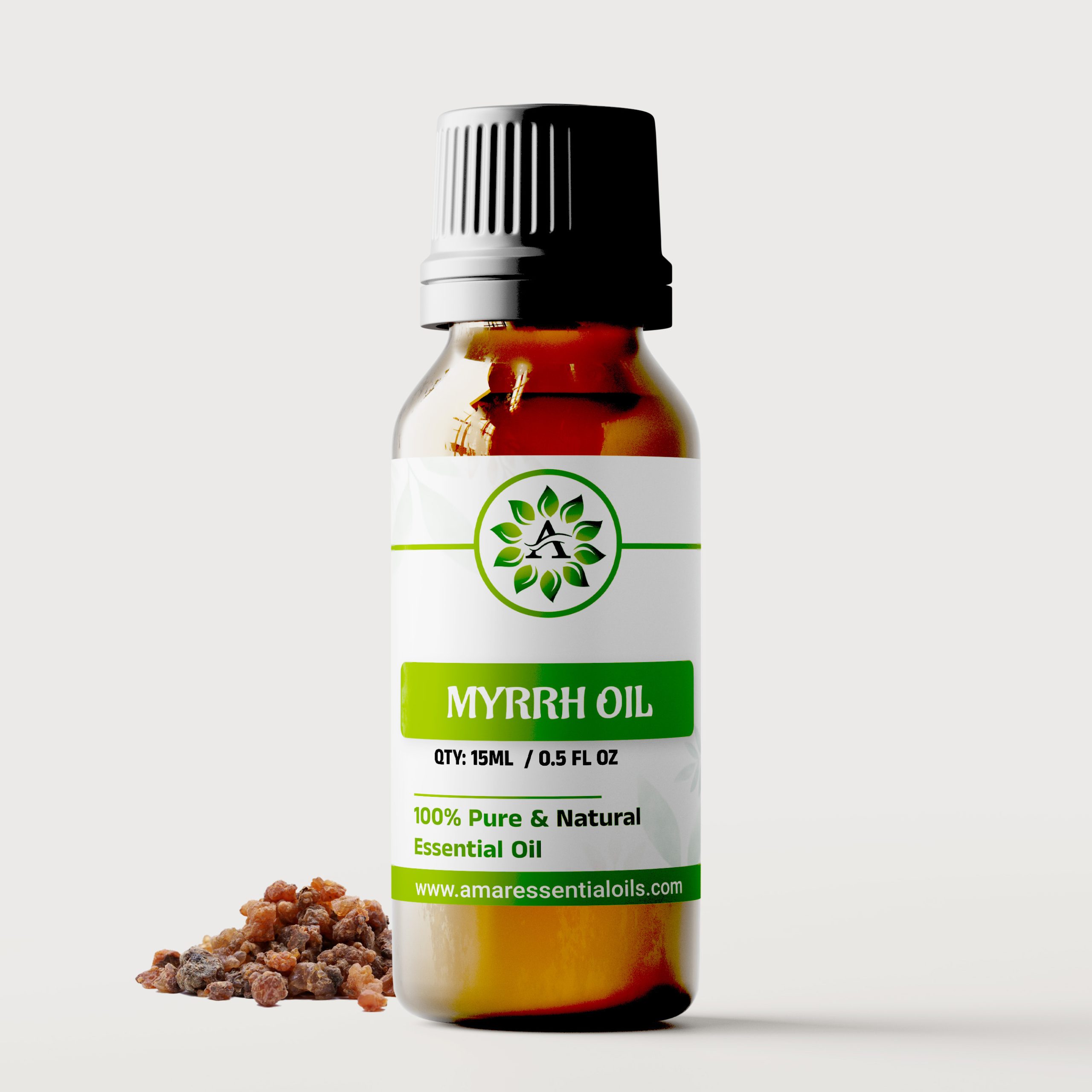
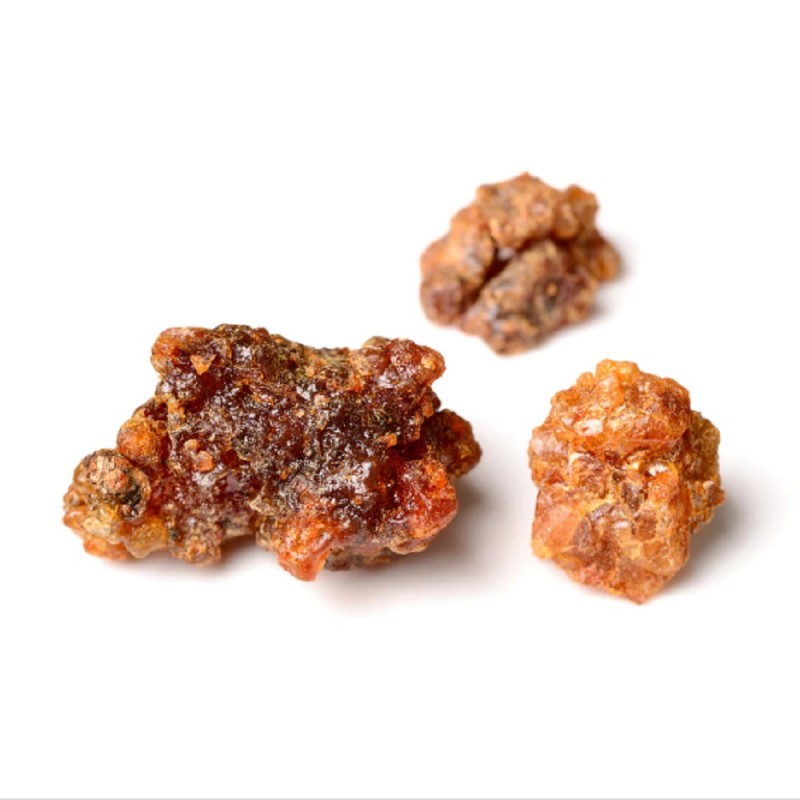
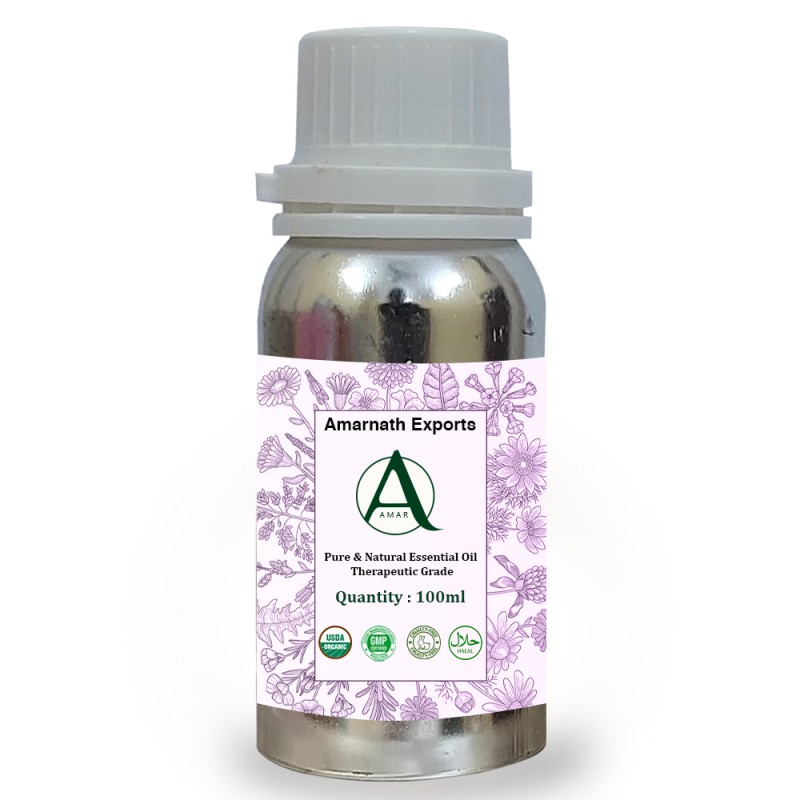
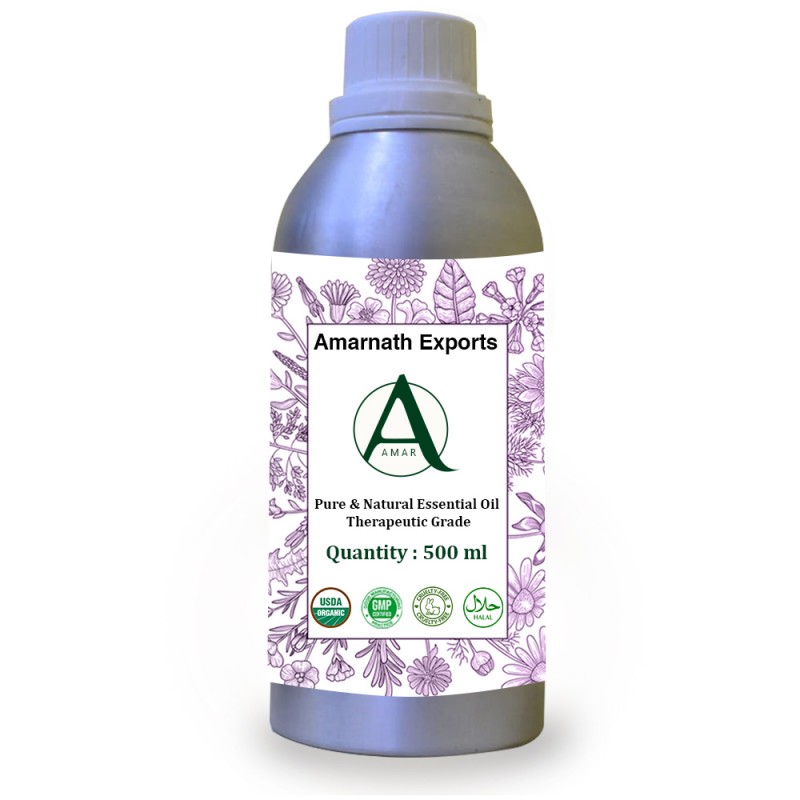
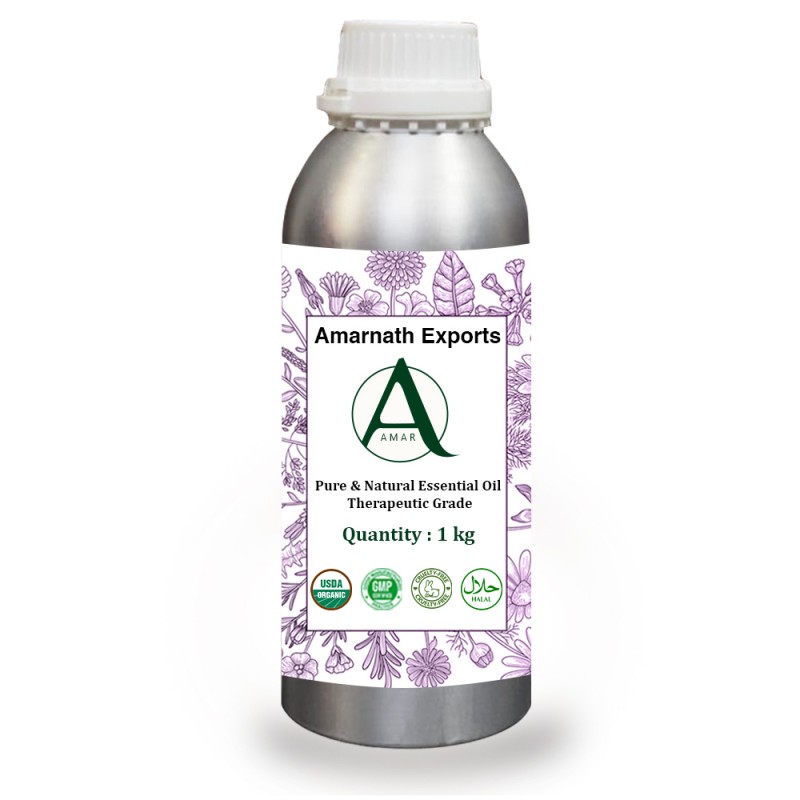
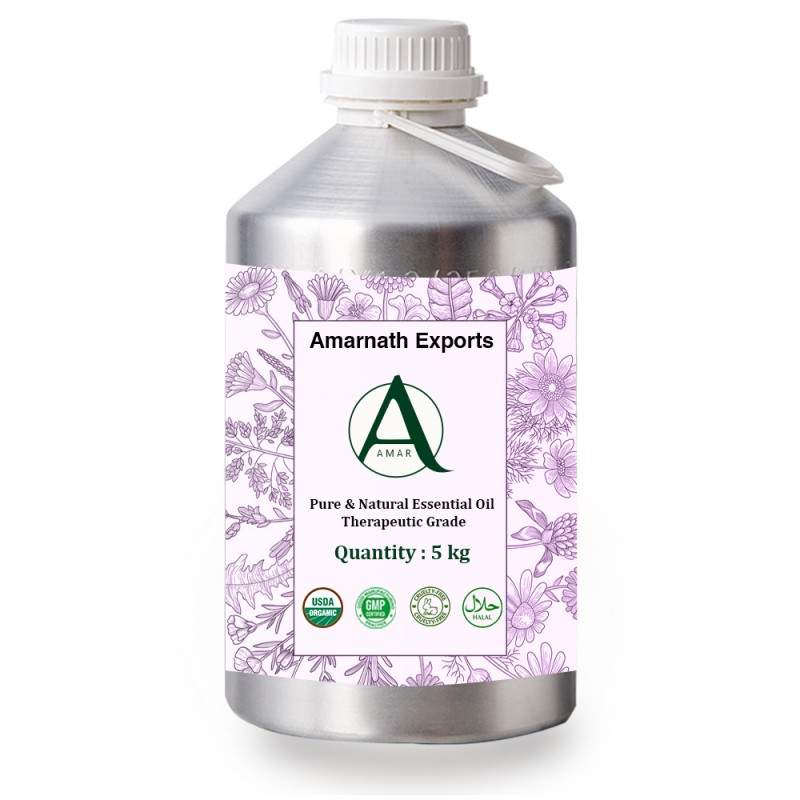
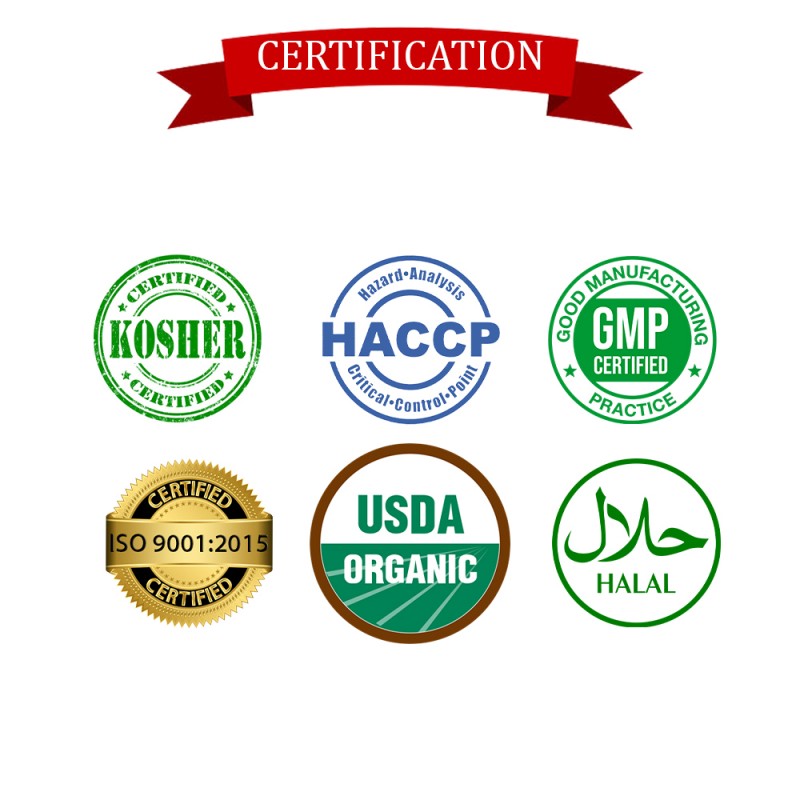
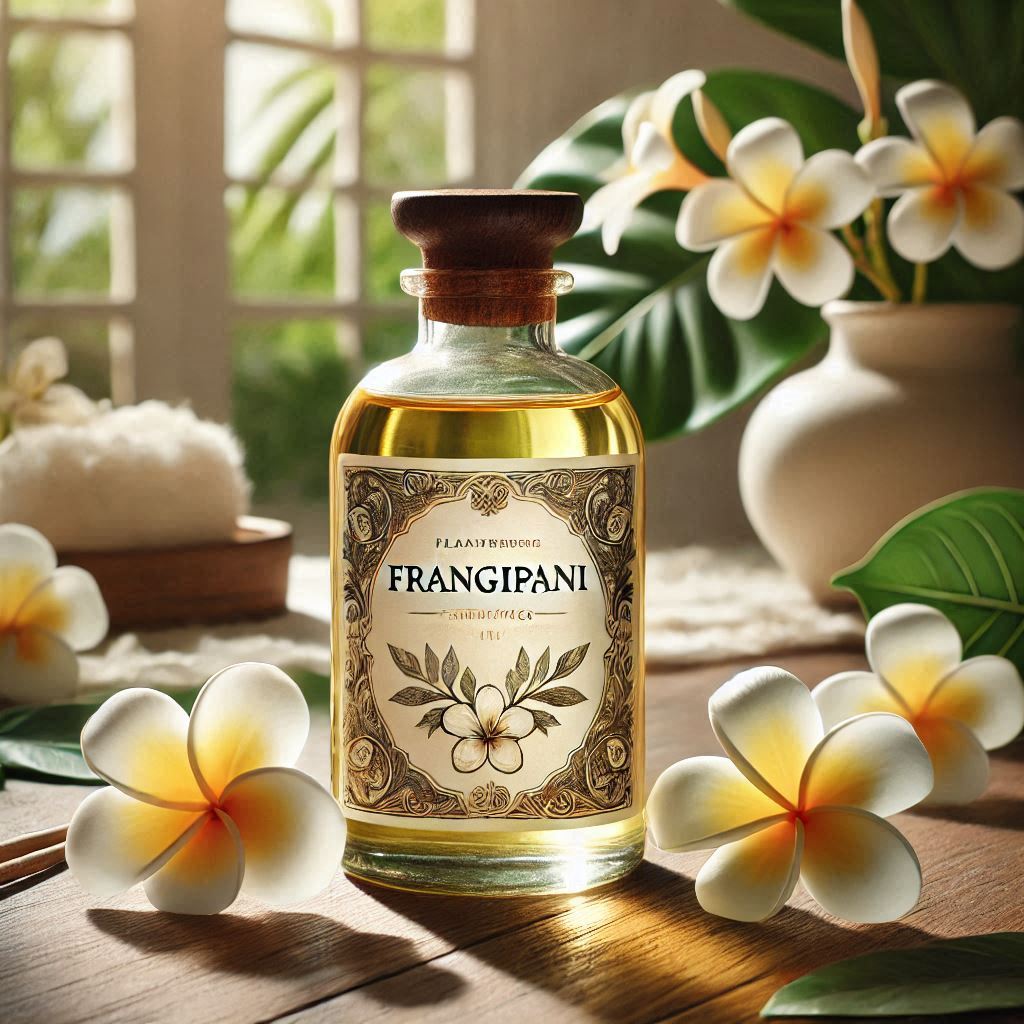
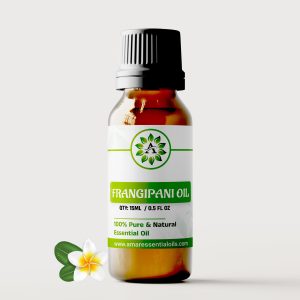
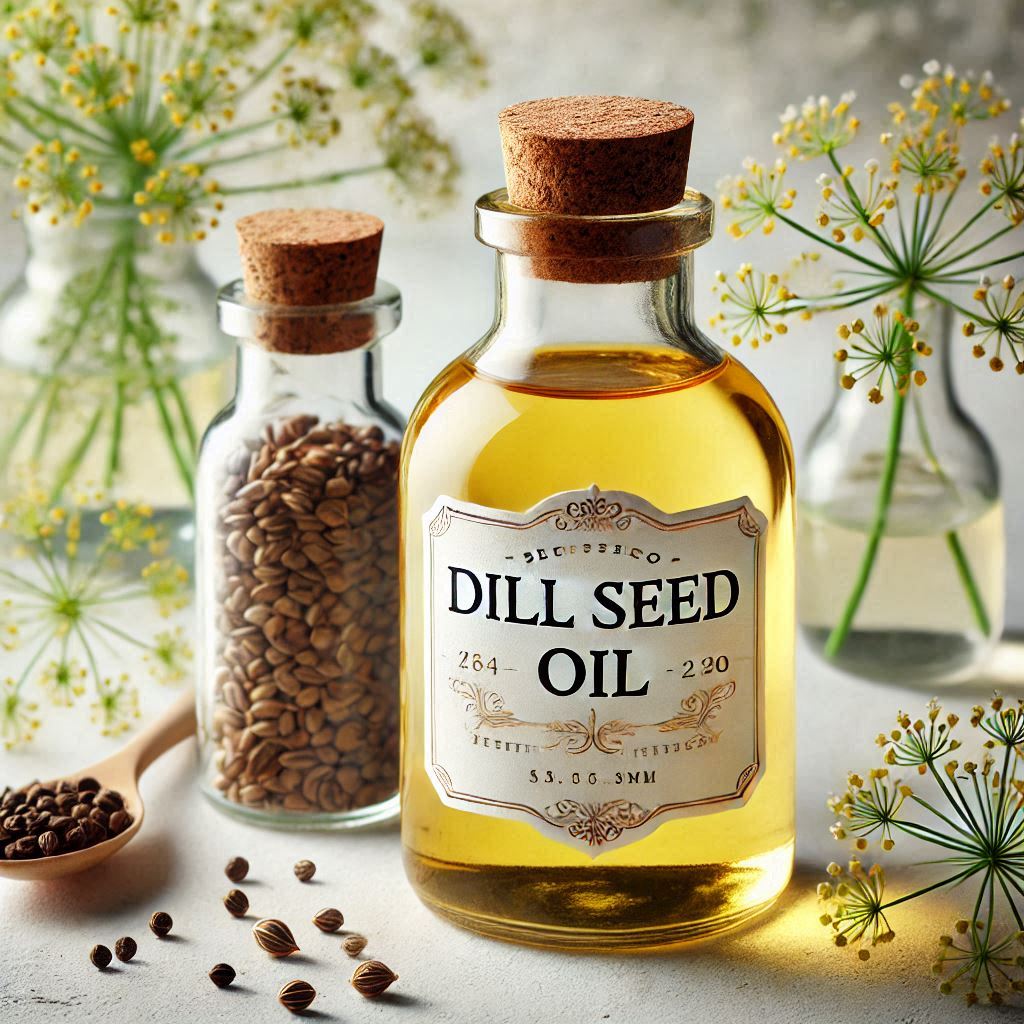
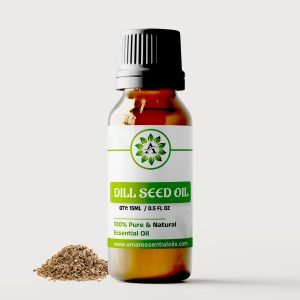
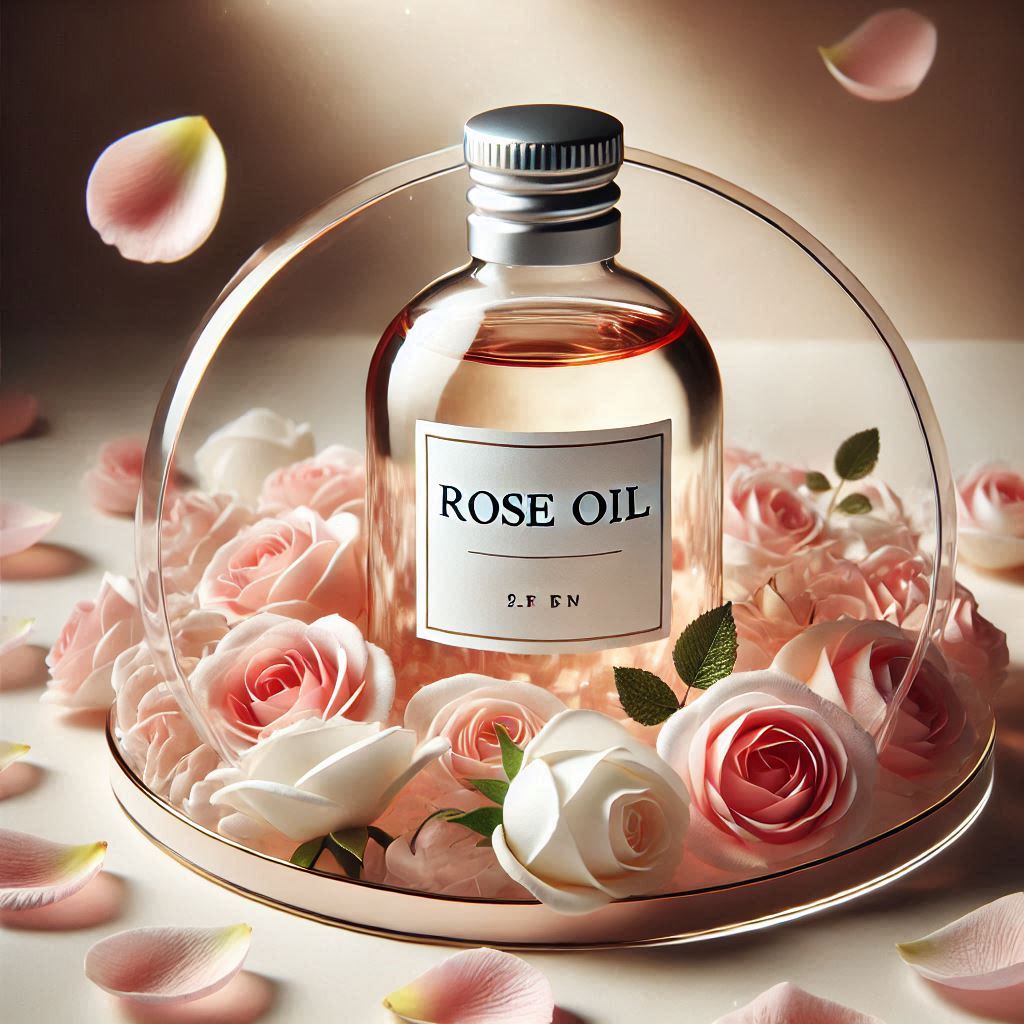
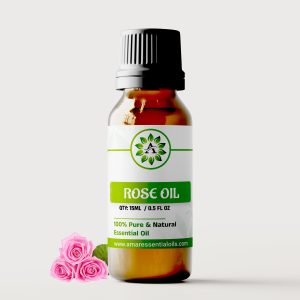
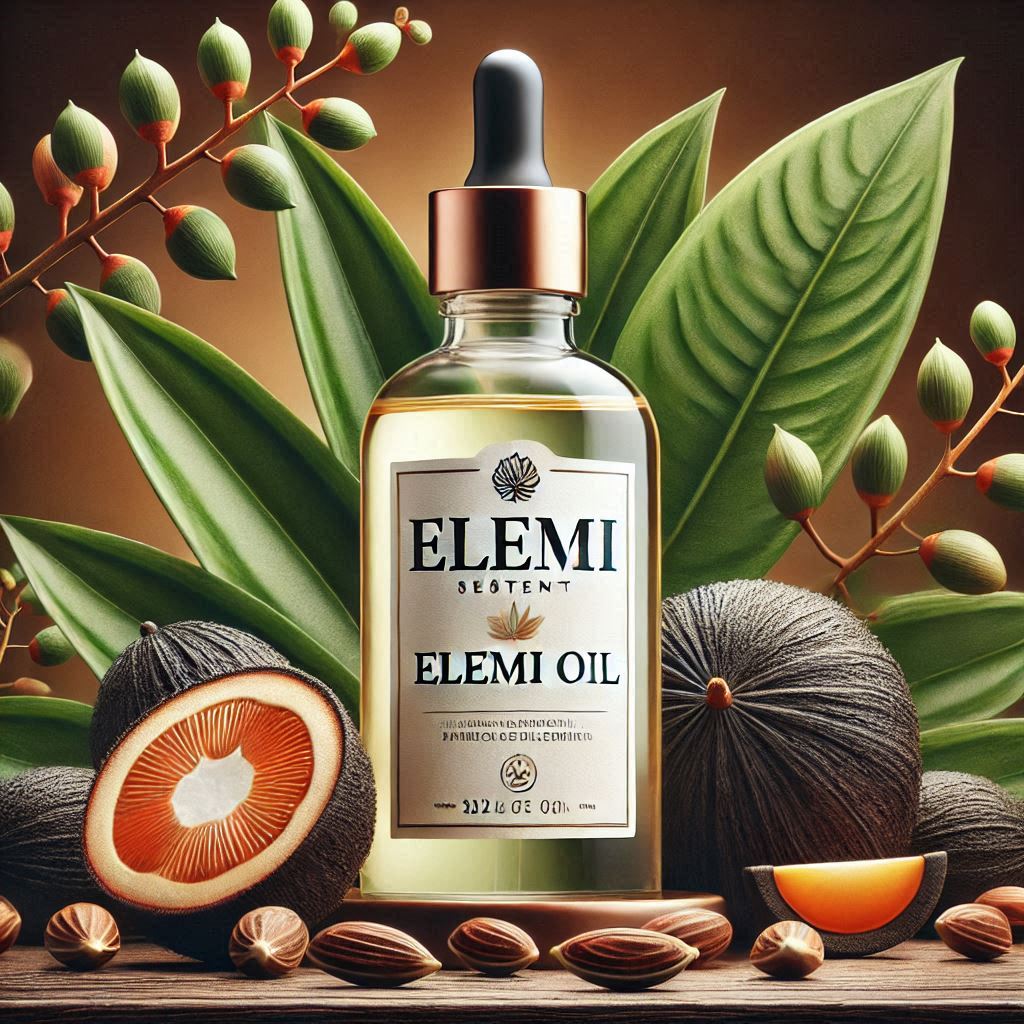
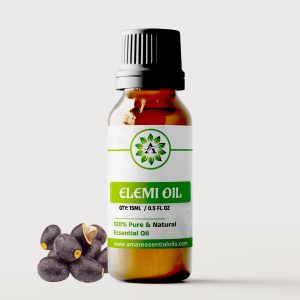
Reviews
There are no reviews yet.